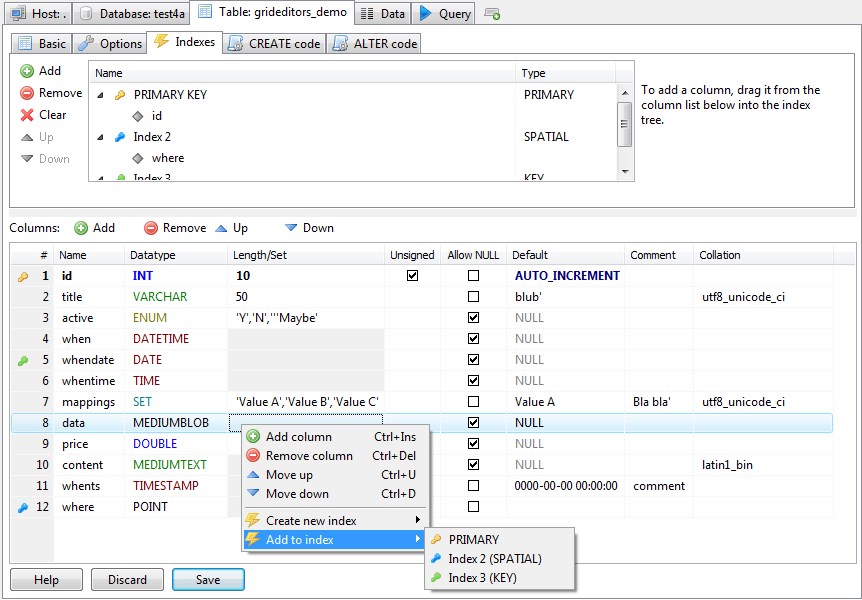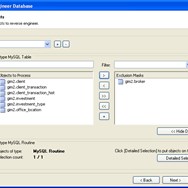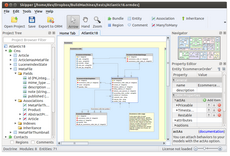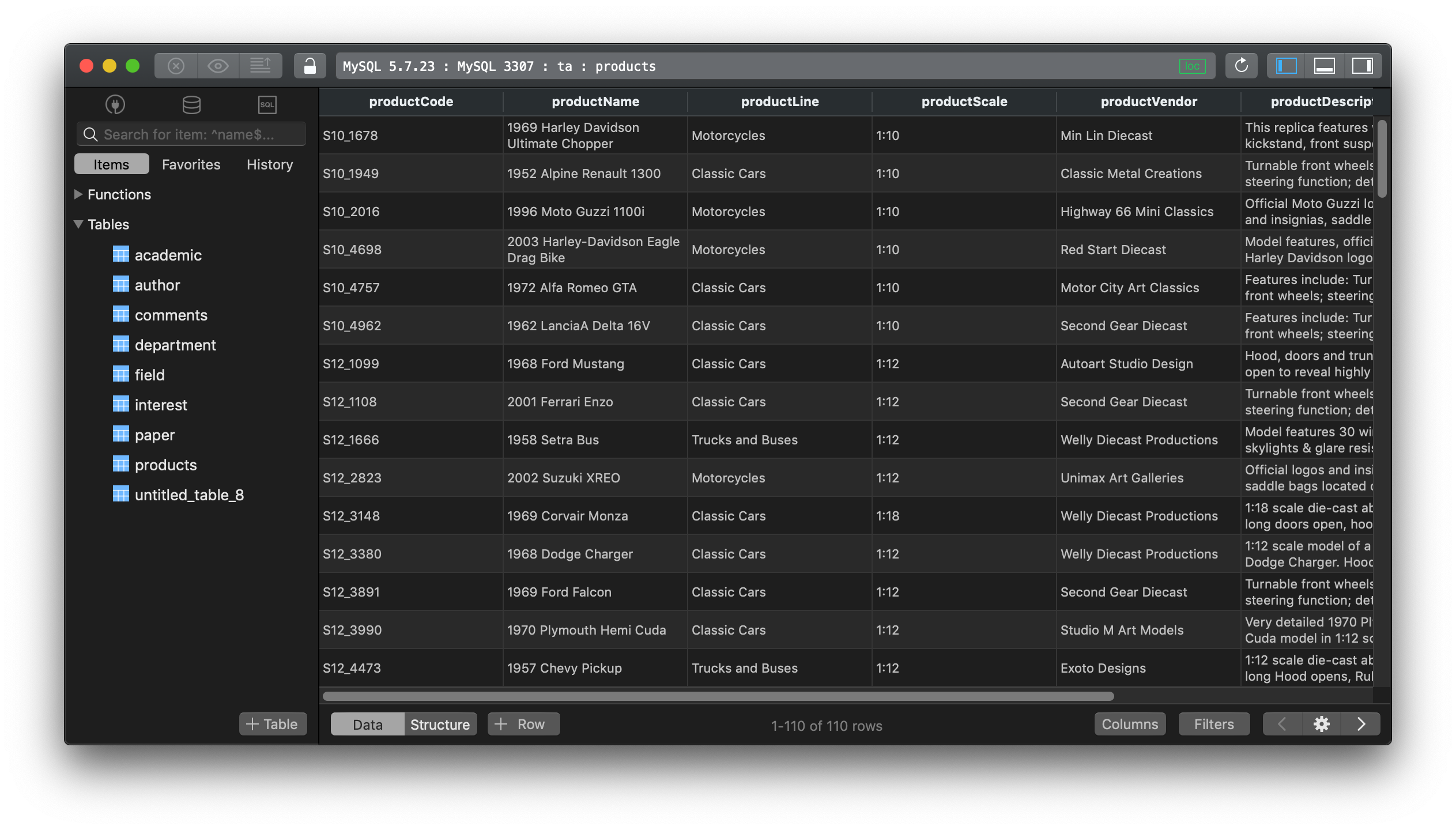
EER diagrams are just a way to model the data and the relationships between data using standard symbols. EER stands for Extended (or Enhanced) Entity-Relationship>. They will be listed as databases within the MySQL server host when using SHOW DATABASES. EER diagrams are just a way to model the data and the relationships between data using standard symbols" "EER stands for Extended (or Enhanced) Entity-Relationship. If we generate the SQL script, we will have two separate CREATE DATABASE statements - actually we will have CREATE SCHEMA which is just a synonym. For example, in the next screen, we have two schema tabs: We can have several schemas for the same database model in the same way we can have several databases in a MySQL server. It is, in fact, a visual way to define our schema. Every object added in the graphical model also shows up in the physical schema.

The physical schema contains all the necessary pieces to define the database: tables, columns, types, indexes, constraints, etc. The next section explains these concepts and how they are related. Having the separate sections for Physical Schemata and EER Diagrams, and the possibility to include several Schemas in one database model may be confusing. The catalog on the right will show every element in our schema, and allow us to drag and drop elements to diagrams if needed.

A database model can have several different schemas. We can rename it and use it as our DB schema. When we create a new database model, it contains the default mydb schema. In the data modeling part of the home screen, we click ’Create new EER Model’, and the following screen appears:
Heidisql vs mysql workbench how to#
To learn how to use MySQL Workbench, we’ll use a very simple database for online classes as an example. Note: this tutorial is based on the Community OSS Edition version 5.2 (5.2.16), currently in beta release at the time of the writing (April 2010). The commercial edition adds some extra functionalities, such as schema and model validation or documentation generation. It’s fully functional, and is the one we’ll be using in this article. The community edition is Open Source and GPL licensed, as you’d expect. There are two different editions: the Community OSS Edition and the commercial Standard Edition.
Heidisql vs mysql workbench mac#
MySQL Workbench is available for Windows, Linux and Mac OSX. In this tutorial, we’ll focus on the Data Modeling aspect to create a database from scratch, and then have just a quick look at the SQL editor to execute our generated SQL script and create the database within MySQL. Graphic interface to start/stop servers, create user accounts, edit configuration files, etc. Database Administration: Replaces MySQL administrator.Data Modeling: Complete visual database design and modeling.

Allows the user to connect to an existing database and edit and execute SQL queries.

Specifically, we’ll review how to use MySQL Workbench, a cross-platform, visual database design tool. In today’s tutorial, you’ll learn how to use a visual database modeling utility to draw a database diagram and automatically generate SQL.


 0 kommentar(er)
0 kommentar(er)
